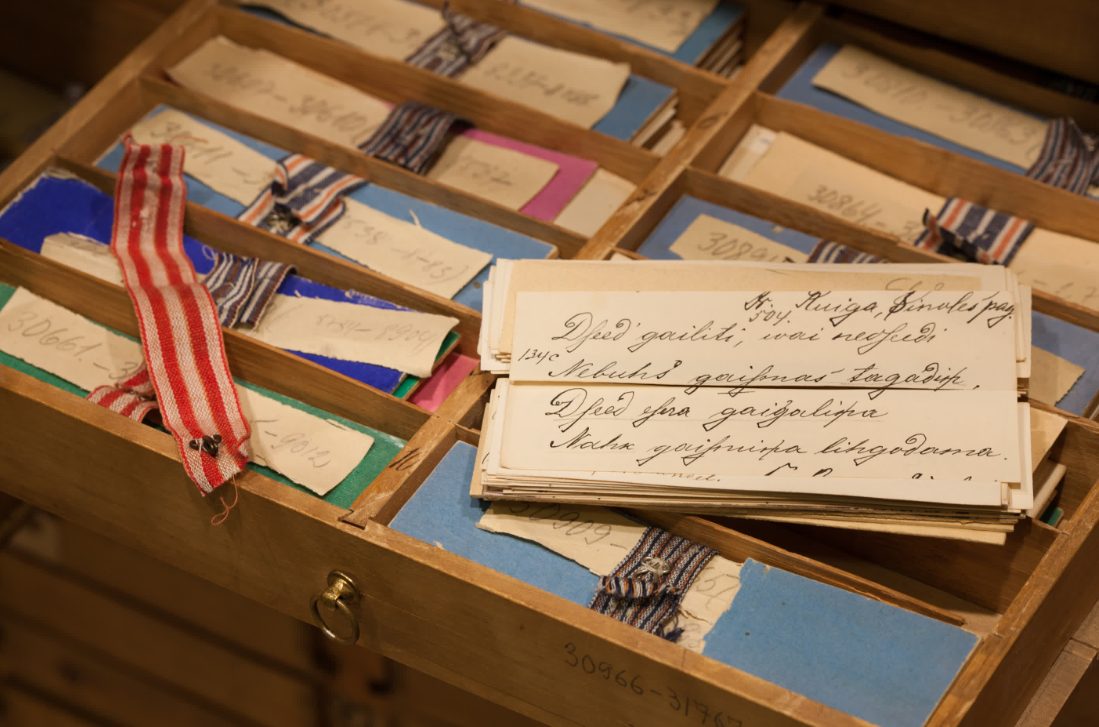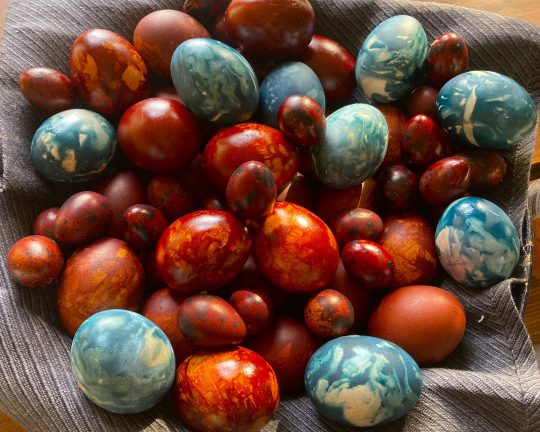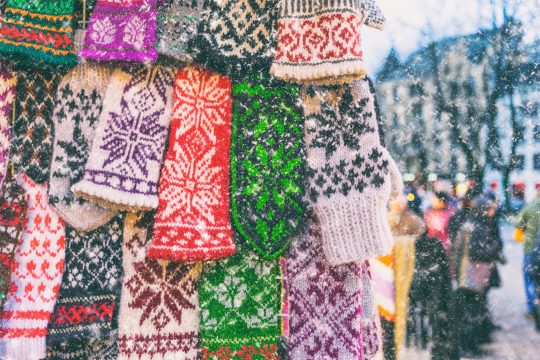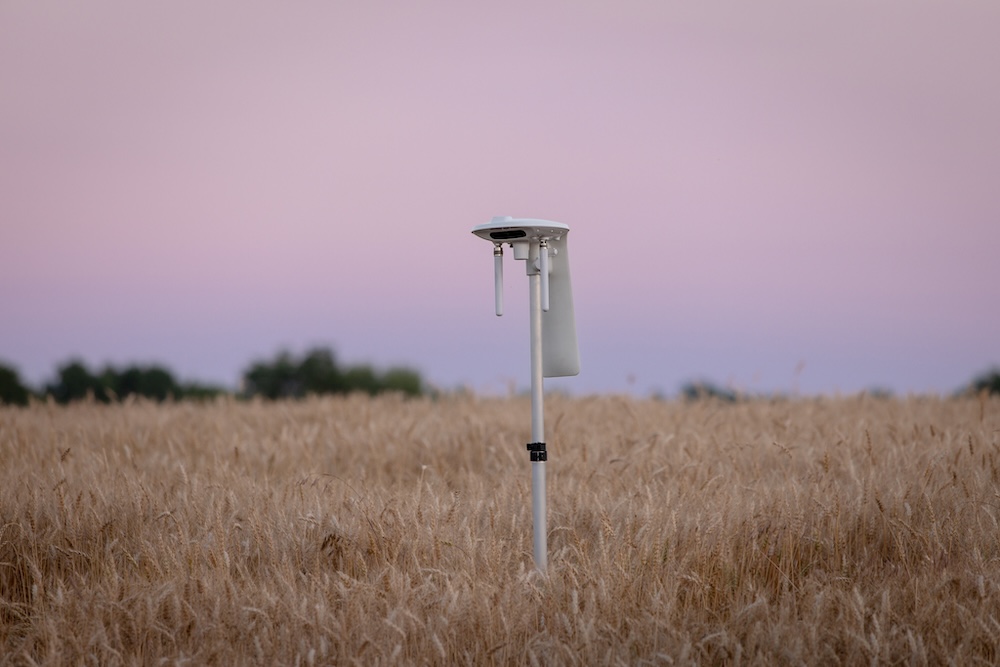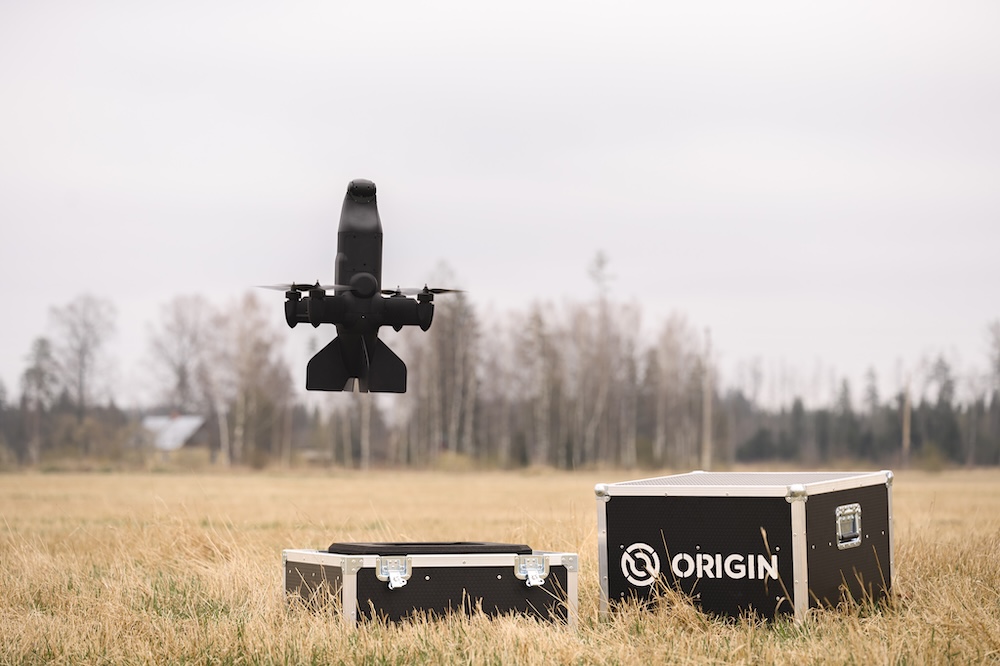Did you know that the Latvian folk songs or dainas are one of the greatest national treasures, and even called the “second Latvian Bible’’?
The four-lined dainas capture the ancient Latvian wisdom and are a poetic expression of Latvian daily life over the centuries. They not only form part of the cultural heritage of Latvia but are also recognized as powerful symbols of Latvian identity.
What makes it truly extraordinary? Over 1.2 million dainas were created over thousand years ago. Passed down through generations in oral form, dainas were part of celebrations, daily work, and reflections on life. The folksongs narrate the same historical periods that Latvian people have experienced.
There are only three cabinets of folk songs in the world, moreover, the collection of dainas “The Cabinet of Folk songs” was inscribed in the UNESCO “Memory of the World” Program.
Latvians are proud to have several outstanding people who have devoted their lives to preserve dainas. Starting with the ‘’father of the dainas’’, Krisjanis Barons, who systematized and published the Latvian folk songs. The American-Latvian scholar Ieva Szentivanyi transformed dainas into English over 2 decades. Latvian poet Velta Snikere also translated dainas, as she considered them to be a great gift to all Latvians who live abroad and for those foreigners who wish to get to know the cultural heritage in a profound way. Her dream is to translate 2000 dainas.
Even the former president of Latvia, Vaira Vike-Freiberga, a folklore scholar, admits that to Latvians dainas are more than a literary tradition. These songs form the very core of the Latvian identity and singing becomes one of the identifying qualities of a Latvian.
With this wisdom in heart, let us treasure our national symbols and invite the world to learn more of our rich cultural heritage of Latvian folk songs – dainas.




